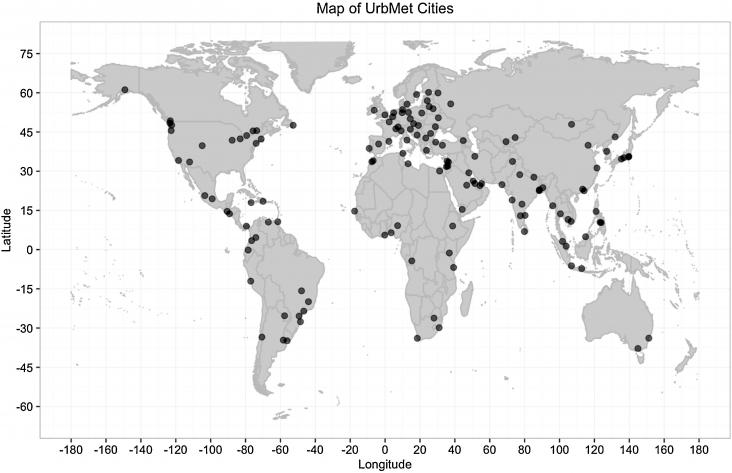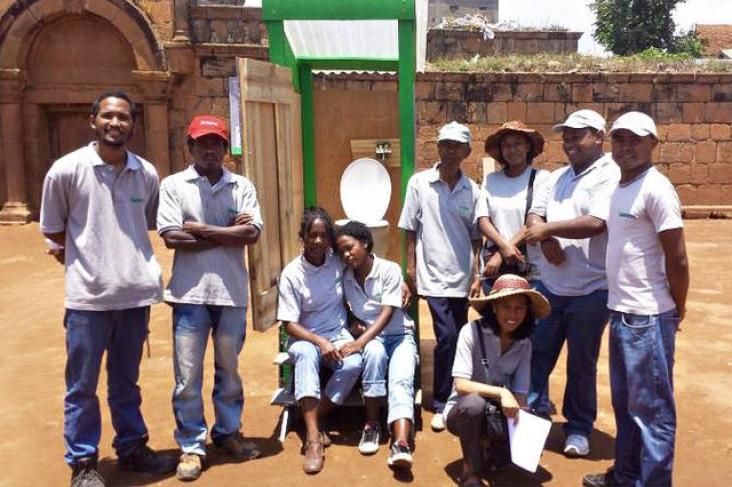Increases in water treatment technology have made water recycling a viable engineering solution to water supply limitations.

The sustainability of urban water systems is often compared in small numbers of cases selected as much for their familiarity as for their similarities and differences.
Combined Sewer Overflow (CSO) infrastructure are conventionally designed based on historical climate data.

Qing Chang,
Chapter 11 - Emulsion, Foam, and Gel,
Editor(s): Qing Chang,
Colloid and Interface Chemistry for Water Quality Control,
Academic Press,
2016,
Pages 227-245,
ISBN 9780128093153

